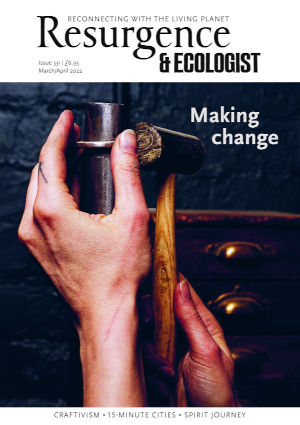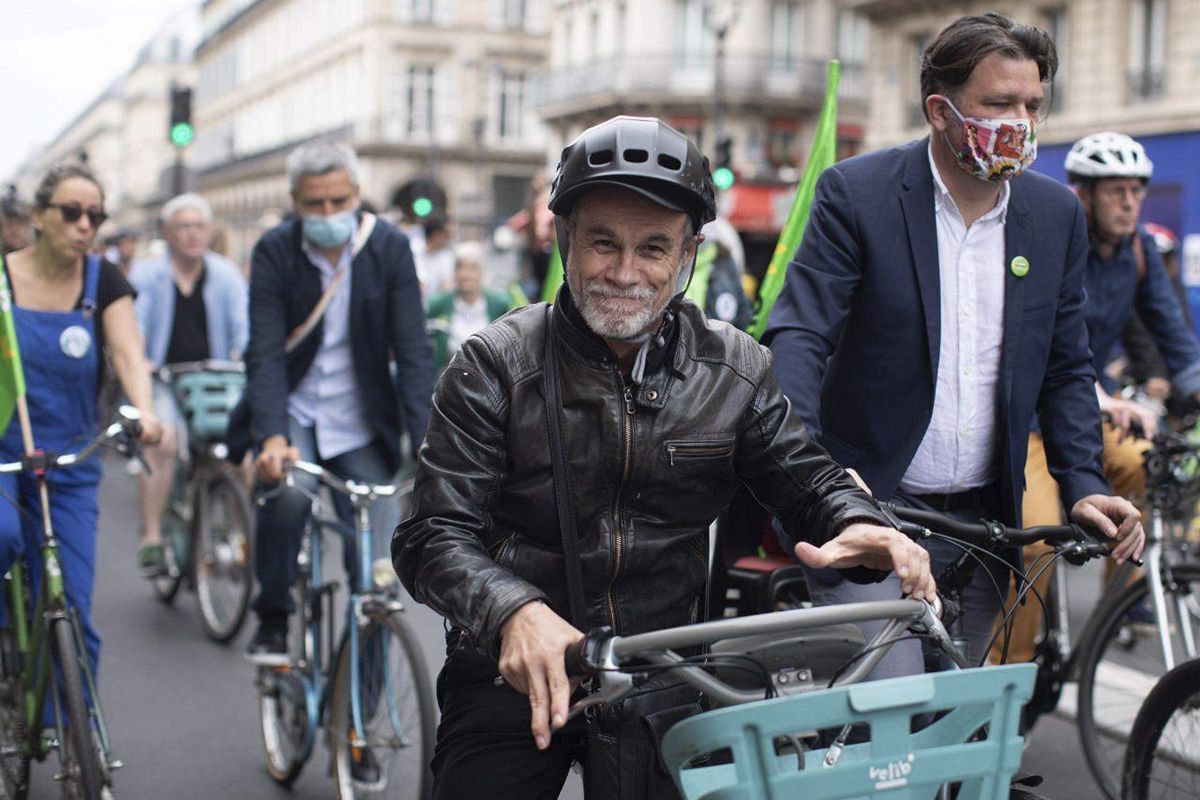People living in cities have “accepted the unacceptable” for too long, says Sorbonne professor Carlos Moreno. Urban life involves large amounts of wasted time adapting to what he calls the “absurd organisation” of cities, which require a lot of travelling to get to and from basic functions such as home, work, education and social interaction.
“Even if we have to spend 45 minutes to one hour for a trip to work, this was considered normal,” Moreno says.
His solution – the 15-minute city – sounds simple enough. In such a city, all residents should be able to access their daily needs of home, work, education, care, essential shopping and socialising within the distance of a 15-minute walk or bike ride.
A 15-minute city would feature elements such as widened pavements and expanded bike networks, while space once used for parking would be repurposed for more social interactions such as outdoor dining, or play areas for children.
Core services and amenities such as education and health care would be community-scale, along with essential retail like grocery shops and pharmacies, parks for recreation, and work spaces. The time saved through travelling less could be spent with friends and family and enjoying sport, recreation and hobbies.
“We needed to transform the culture of proximity, which has been lost in cities,” says Moreno. “People live with loneliness, anonymity and stress. This situation exists partly because people don’t have the time to develop local social links because of living a hectic urban life.”
When Moreno proposed the concept six years ago at the UN climate talks in Paris, people considered it a great idea but too utopian, mainly because they thought it unrealistic that everyone should work close to home. Fast-forward to 2020, and the Covid-19 pandemic forced many people all over the world to work not just closer to home, but actually at home, using technology to access meetings and information they previously had to travel to a central place of work for.
This completely transformed the debate, Moreno says. The urban network C40 cities decided to promote the model as a new roadmap for a post-pandemic world. In Paris, mayor Anne Hidalgo made the idea an important part of her re-election campaign and invited Moreno to be her scientific adviser.
Now Moreno reports being “totally overcome” with the number of requests he has for help from cities all over the world that are keen to make the idea reality. In October 2021, his work received the Obel Award, an international prize for architecture that honours outstanding contributions towards changing the physical, designed environment for the common good.
Though Paris has pioneered the idea, others are following suit, such as Barcelona, Rome, and China’s Shenzhen and Chengdu. Many are adapting the idea and the name to their own cities – in Australia, it’s the 20-minute neighbourhood – but the concept of proximity to citizens’ daily activities remains the same.
This was something that attracted the Obel Award judges. US landscape architect and climate activist Martha Schwartz said that the idea was “powerful, clear and simple”. “It has enough impetus and enough openness that many cities are willing to take it on to suit their own city… It supports leadership and people who have a willingness to try something different, to take a risk and move our society forward.”
Moreno will use the €100,000 prize money to work on his next idea, the 30-minute territory. This focuses on ideas for areas that are less dense than big cities, where it may not be possible for people to access all essential urban functions by foot or by bike.
“We need to keep the concept of the 15-minute city but imagine new ways to implement its principle of proximity in other densities,” he explains. Moreno’s team has already started a new experiment in southern France to understand behaviours at this lower level of density.
There are many practical steps city authorities can take to create a 15-minute city, Moreno says. One principle is to use existing buildings and infrastructure more intensively. “The model of urbanism was orientated to use a building for only one activity. As a result, buildings are closed for 60–70% of the time. We want to propose new functions for existing buildings, for different activities,” he says.
For example, Paris now has schoolyards open at the weekend to expand the number of play areas. It also closes streets around schools to vehicles to make it safer for children to walk or cycle, and to reduce their exposure to air pollution.
There is a risk that efforts to create 15-minute cities will result in gentrification, exacerbating inequality, Moreno acknowledges. To avoid this, projects need to be implemented in all districts, regardless of the income of their inhabitants, he says. For example, local shops and commerce such as bakeries and handicrafts can be encouraged in poorer neighbourhoods by charging below-market rents. Social segregation, with particular districts inhabited only by people with low incomes, needs to be avoided, he says.
To develop the common good, new financial tools will be needed, he believes. One example of this is the participatory budget. This can support the creation of 15-minute cities by allowing citizens to propose projects and vote on which go ahead and how much municipal spending is allocated to them.
Everyone should be involved in this process, particularly low-income and marginalised communities and local small and medium-sized enterprises, which are likely to have been hit hardest by the pandemic. Paris has one of the largest participatory budgets in the world, with 10% of the city’s spending determined through this process. In New York, US$120 million has been granted to 706 community-designed projects over the last eight years, leading to improved local services.
The private sector also needs to be involved in transforming cities, according to Moreno. “We need to develop social uses within a mixed city, and for that we need to discuss the development of new projects with the private sector that foster cities that promote liveability,” he says.
“The 15-minute city is not a magic wand, or a market model – it’s a new urban narrative. It’s a way of shifting the paradigm by basing development on temporal convergence and according to economic, social and environmental priorities, to create liveable and equitable cities,” Moreno concludes.







